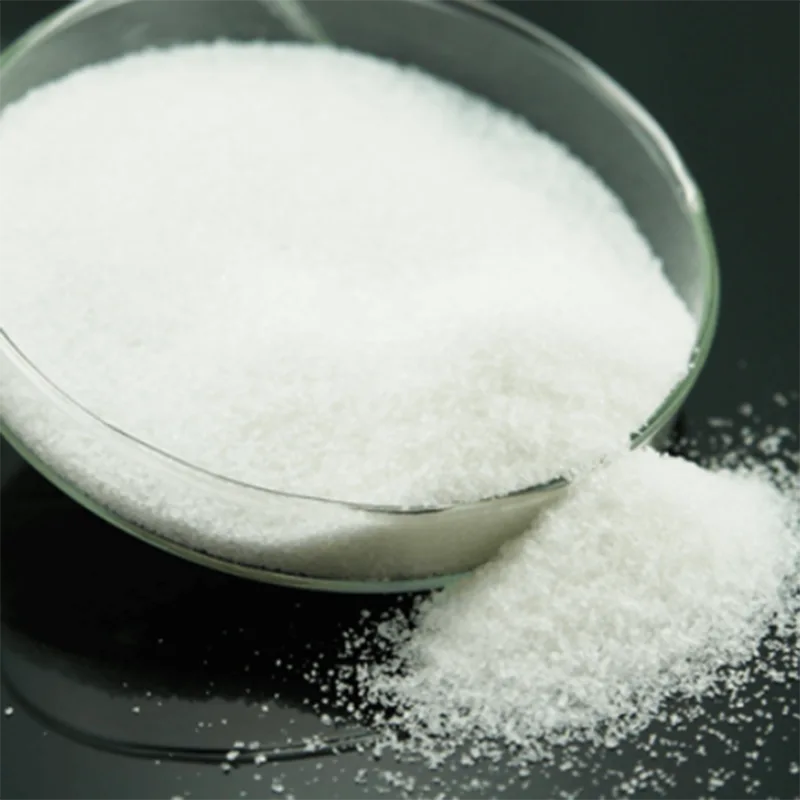What is the Difference Between Anionic and Cationic Polyacrylamide?
2025-09-12
Polyacrylamide (PAM) is a versatile polymer used extensively in water treatment, oil recovery, mining, and various industrial processes. Its functionality largely depends on its ionic character, specifically whether it is anionic, cationic, or non-ionic. For professionals selecting the right chemical for their application, understanding the distinction between anionic and cationic polyacrylamide is crucial. This article will break down their key differences, applications, and how to choose the right one for your needs.
Defining the Core Difference: Charge Matters
The primary difference lies in their electrical charge and how they interact with other particles.
Anionic Polyacrylamide: This type carries a negative charge (-). It is produced by copolymerizing acrylamide with acrylate monomers. Its negative charge attracts and binds to positively charged particles (cations).
Cationic Polyacrylamide: This type carries a positive charge (+). It is created by copolymerizing acrylamide with cationic monomers. Its positive charge attracts and binds to negatively charged particles (anions).This fundamental difference in charge dictates their behavior in different environments and their suitability for specific applications.
Key Characteristics and Applications
Choosing the right type depends on the nature of the suspended solids in your process.
| Feature | Anionic Polyacrylamide | Cationic Polyacrylamide |
| Molecular Charge | Negative (-) | Positive (+) |
| Primary Function | Bridging, flocculation | Charge neutralization, flocculation |
| Ideal For | Inorganic solids, neutral/slightly basic pH | Organic solids, neutral/slightly acidic pH |
| Common Applications | Mineral processing, sand washing, coal washing | Sludge dewatering, municipal wastewater treatment |
| Target Particles | Positively charged particles (e.g., clays, metals) | Negatively charged particles (e.g., organic waste, fibers) |
Detailed Applications:
1. Anionic PAM: Its long polymer chain excels at "bridging" between neutral or positively charged particles. This makes it ideal for flocculating inorganic materials in mining and mineral processing. It is a critical component in our Oilfield Chemical portfolio for enhancing oil recovery by modifying water permeability.
2. Cationic PAM: Its positive charge effectively neutralizes the negative charge commonly found on organic sludge particles. This causes the solids to clump together (coagulate) and release water, making it the preferred choice for dewatering biological sludges from municipal sewage plants and various industrial processes.
Frequently Asked Questions (FAQ)
Q: Can I use either anionic or cationic PAM for any type of water treatment?
A: No, selection is critical. Using the wrong type can be ineffective or even counterproductive. The choice is determined by the charge of the suspended particles you need to remove. A jar test is always recommended to determine the most effective type and dosage for your specific effluent.
Q: How does the ionic strength affect performance?
A: Ionicity directly influences the polymer's charge density. For cationic PAM, a higher ionic strength is better for neutralizing highly negative charges in tough organic sludges. For anionic PAM, a specific ionicity range is chosen to optimize bridging flocculation for particular inorganic suspensions without causing repulsion.
Why Choose Us?
Selecting between anionic and cationic polyacrylamide is not a matter of one being better than the other; it is about choosing the right tool for the job. Understanding the charge of your target particles is the first and most critical step in ensuring effective separation, clarification, or dewatering.
At Nuoer Energy, we provide expert guidance and a comprehensive range of high-performance polyacrylamide products. Our technical team can help you select the ideal Oilfield Chemical or water treatment solution for your specific application, ensuring maximum efficiency and cost-effectiveness. Contact Nuoer Energy today to discuss your needs and request product samples.
